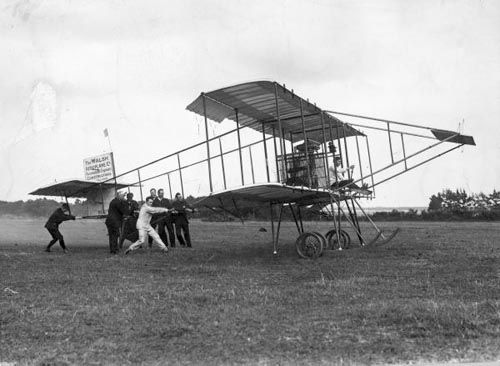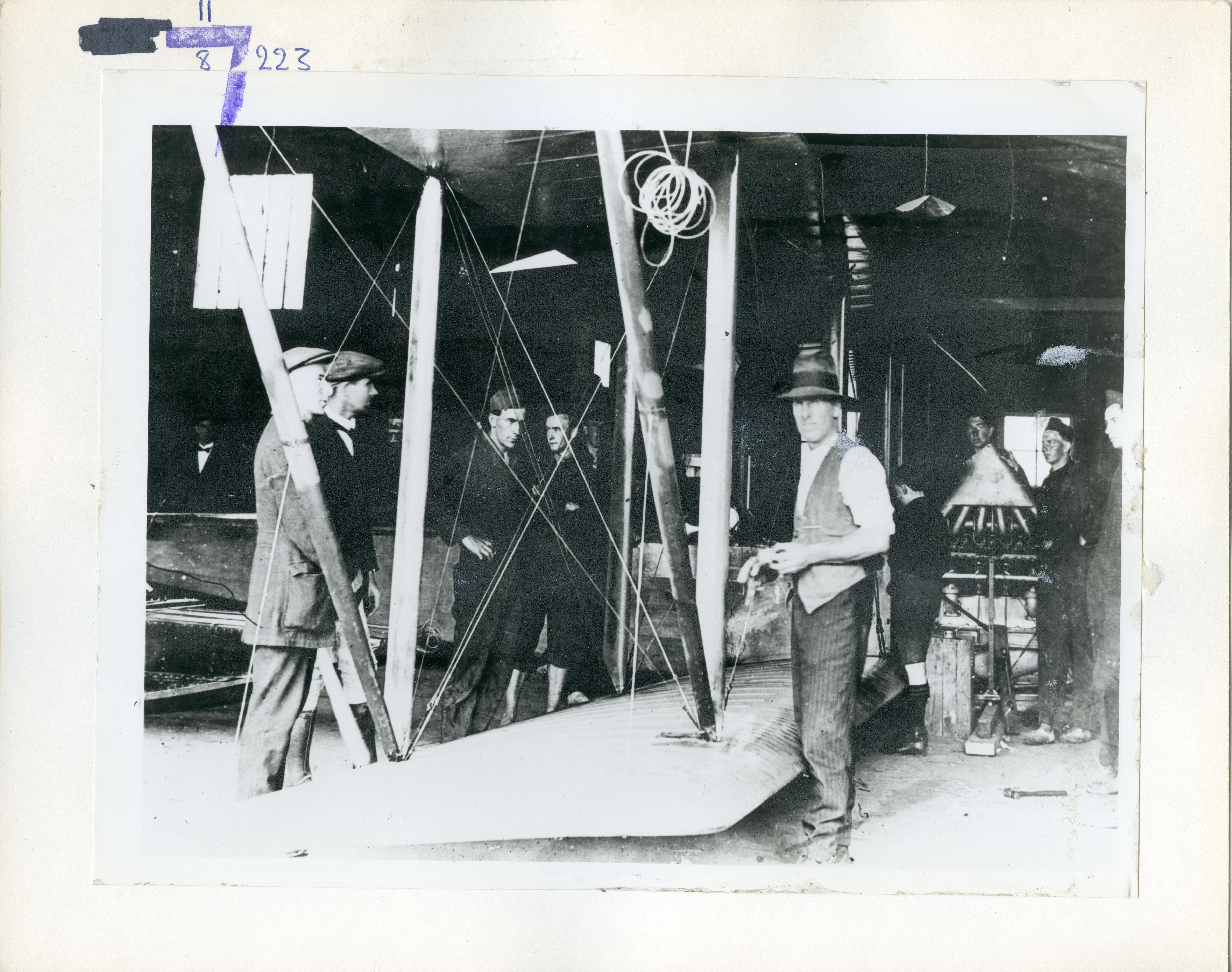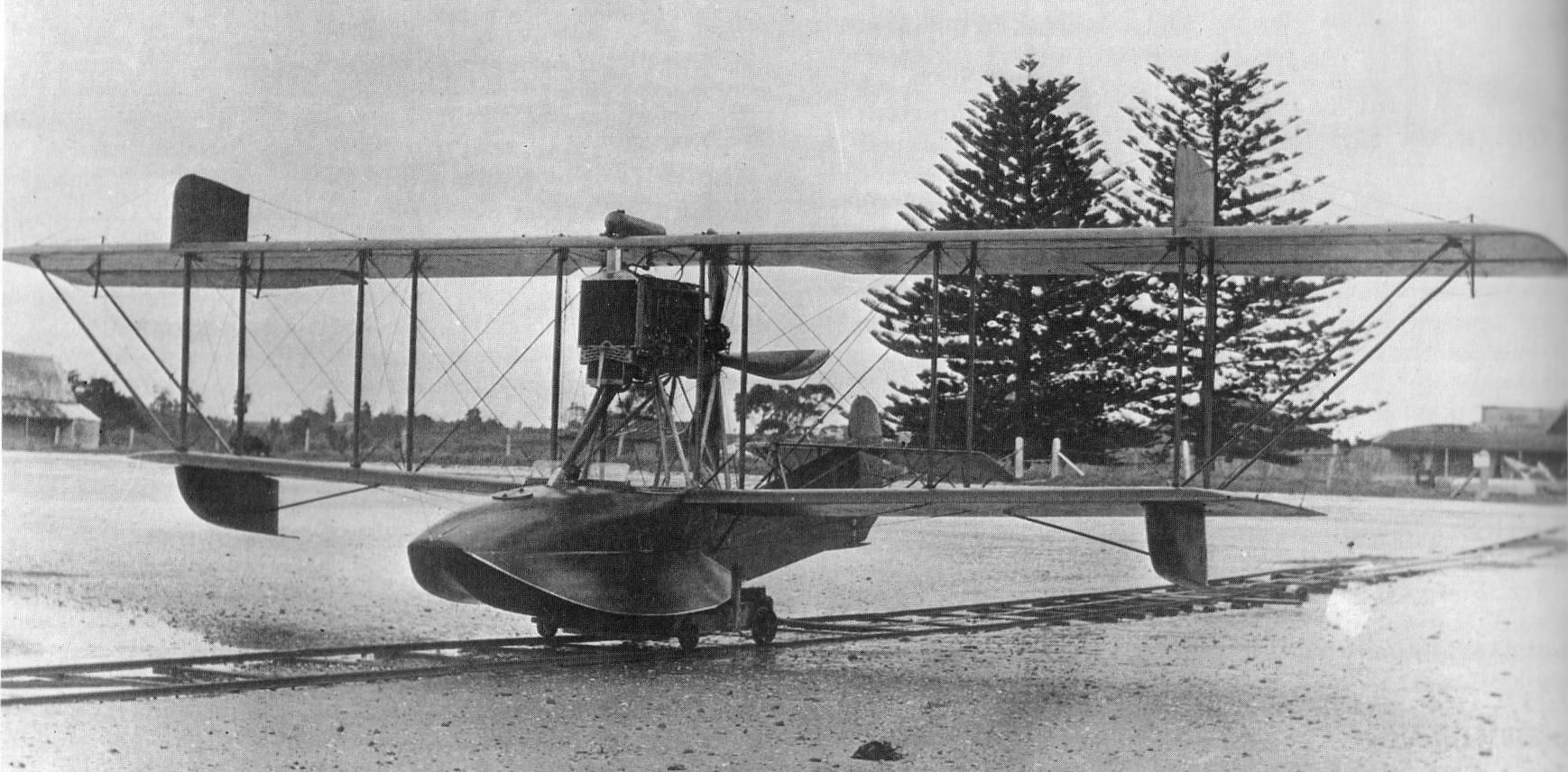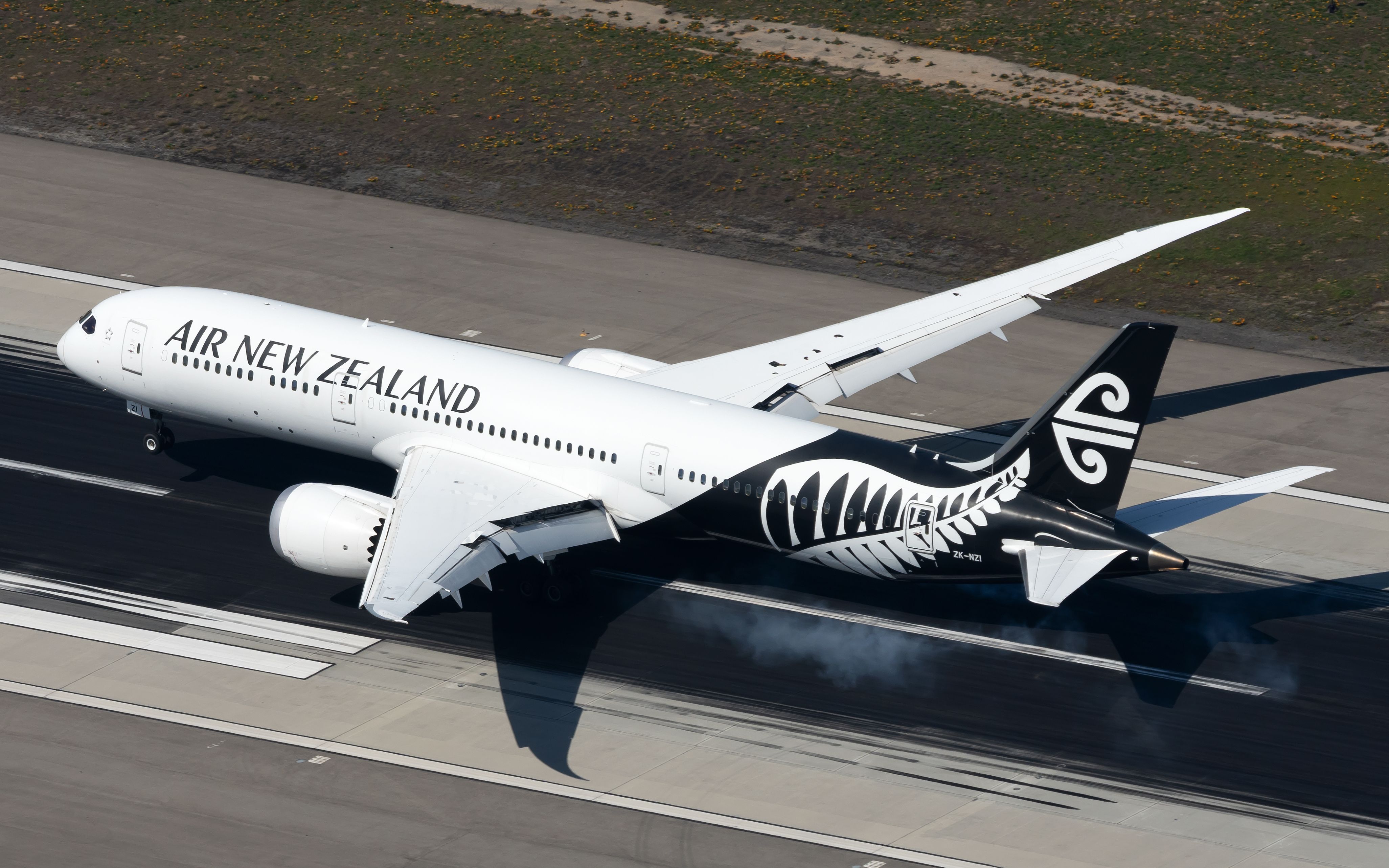Today marks 112 years since the aviator Vivian Walsh piloted the first controlled, powered flight to take place in New Zealand. The aircraft, named Manurewa (meaning Soaring Bird), took to the skies for the first time on February 5th, 1911, with Walsh at the helm.
Manurewa was a Howard-Wright 1910 biplane that had been imported from England in parts and later constructed by Walsh, his brother Leo, and other members of the Auckland Aeroplane Syndicate. The flight, which took place at Auckland’s Papakura racecourse, marked Leo Walsh’s 30th birthday, and the rest of the Walsh family were also present to witness the event.
Vivian Walsh piloted a second flight just a few days later on February 9th, when Manurewa rose over 6 m off the ground and flew for a distance of around 300 m. However, as the aircraft was not fitted with brakes, it was unable to stop before the end of the landing strip, and crashed into a fence after landing.
Pioneering aviators
Vivian Walsh had actually taught himself how to fly the Howard-Wright 1910 biplane. Following the record-breaking flights, the Walsh brothers wanted to inspire other future aviators, and worked to establish the New Zealand Flying School, which opened its doors in 1915. Throughout the course of the First World War, more than 100 pilots were trained at the facility. The school was later sold to the New Zealand Government.
Although several New Zealanders had already obtained their pilot license in England by this point, Vivian Walsh went on to become the first person to be awarded their license in New Zealand. He later piloted other aircraft, including the Type D flying boat.
Vivian Walsh died in 1950, followed by his brother Leo in 1951. Since then, Auckland’s Royal Aeronautical Society has worked tirelessly to preserve the memory of the brothers’ pioneering work. Today, a statue honors both brothers in the Auckland suburb of Mission Bay, and the Walsh Memorial Library at the city’s Museum of Transport and Technology ensures their contribution to aviation will not be forgotten.
Aviation in New Zealand today
Thanks to the establishment of the New Zealand Flying School, the Walsh brothers were early pioneers of the country’s aviation industry, paving the way for future aviators. As an otherwise isolated island nation, aviation has played a key role in the country’s recent history.
Today, New Zealand’s largest airport is Auckland Airport (AKL), which saw 11.4 million passengers in 2022 (down from a pre-pandemic peak of 21 million). However, the country’s aviation industry is well on its way to recovery, and late last year, the Airbus A380 returned to Auckland following the pandemic, courtesy of Emirates.
Flag carrier Air New Zealand operates a fleet of 106 aircraft. The Star Alliance member flies to a growing number of domestic and international destinations, including Chicago O’Hare (ORD), Vancouver (YVR), and Seoul Incheon (ICN).
Find out more about Air New Zealand’s diverse fleet with this in-depth report from the Simple Flying team.
Do you know more about the history of aviation in New Zealand? Share your knowledge by commenting below.




